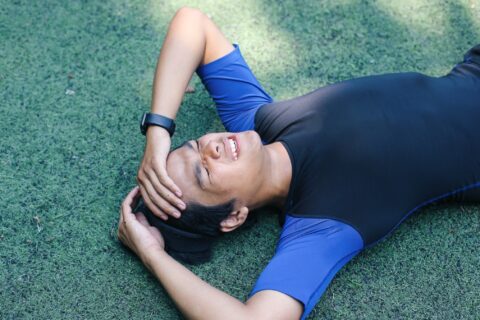They’re far more common than you think—and knowing how to improve leg length discrepancies can be vital to enjoyment and performance.
They’re far more common than you think—and knowing how to improve leg length discrepancies can be vital to enjoyment and performance.




